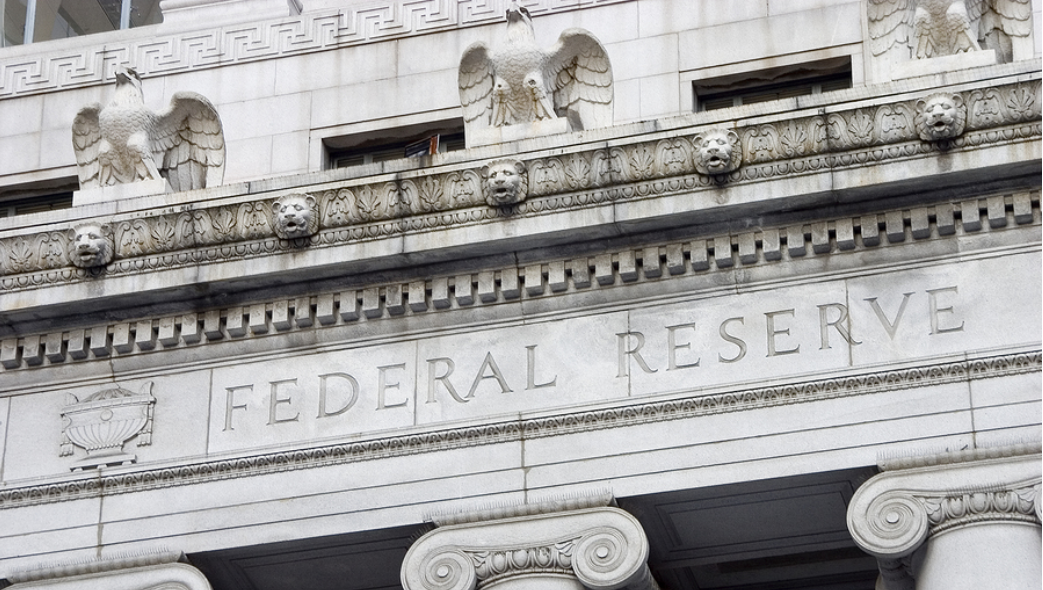Uddrag fra Unicredit:
In the US, former NY Fed governor, now Bloomberg columnist, Bill Dudley, wrote a striking piece on Monday predicting that the Fed will turn “a lot more hawkish, both in the near term and over the next few years” than it presently indicates because its
inflation forecast is “surreal”.
Dudley concludes that the Fed may start hiking immediately after QE ends in March for a total of 4-5 hikes this year. He sees fed fund rates and bonds yields moving well above what’s priced in. Two days later, on Wednesday, US December inflation printed at a 40-year high of 7%, while wage growth has accelerated to the highest level in ten years.
Meanwhile in Europe, inflation hit 5% in December, but with no sign of wage pressure developing. Nevertheless, a relentless
(mis-guided) public pressure is building on the ECB to act, particularly in Germany. This led to what appeared this past week to
be competing narratives about the inflation outlook inside the ECB’s Executive Board when Isabel Schnabel’s green transition
speech last weekend was widely interpreted as hawkish.
In it, she emphasized that higher inflation due to the green transition would not be transitory. But was it all false alarm? On Friday night, Süddeutsche Zeitung published an interview with Schnabel in which she forcefully put the record straight and aligned herself with respect to the inflation outlook and the ECB’s reaction function.
The contrasting outlook for the US and Europe leaves me wondering how the ECB will react this year if considerably higher
yields in the US translate into upwards pressure on European yields. EUR/USD will most likely fall, but yields are a lot more
important for European financial conditions than the exchange rate.
1. Inflation in the US vs. Europe
I have long argued that the higher inflation during 2021 in both the US and Europe is transitory because it was overwhelmingly
driven by one-off factors, including higher commodity prices and the supply bottlenecks. More recently, however, US inflation
has been supplemented by a strong dose of demand-driven price pressure as the US economy has taken off much stronger
than Europe.
The US economy is well through its end-2019 level and is now chasing the pre-pandemic trend line. Meanwhile, the eurozone
has only just re-established end-2019 levels of GDP with the trend line still at least a couple of years away. In simple
economics language, the US economy is now closing its output gap at a good pace, while the eurozone continues to suffer
from a sizable gap, partly due to the existing output gap when the pandemic hit, partly due to the slower recovery.
There are now plenty of signs in the US that buoyant demand is taking over as the key driver of higher inflation: Core CPI
inflation has accelerated to 5.5% and the number of items with price increases above average has increased measurably,
although some of that is still technical in nature. For example, rents have shot up during the past four months following the
expiration of the eviction moratorium at the end of August.
In other words, standard “cost-push inflation” is being accompanied by “demand pull” inflation in the US, driven partly by fiscal
stimulus, partly by consumers reducing their excess savings. As a result, and critically important for the appropriate monetary
policy reaction, the US labor market is turning red hot. The unemployment rate has dropped to 3.9% and the number of
voluntary job-quitters reached a 40-year high in November.
Not surprisingly, wage growth increased to a whopping 6.0% in Q3, measured by the Employment Cost Index for wages and salaries.
This is markedly different from Europe where inflation continues to be driven predominantly by energy, the supply bottlenecks
and the effect of the change in the German VAT rate. This is all “cost-push” inflation with virtually no signs of “demand pull”. In
other words, the high inflation rate in Europe is a sign of erosion of the population’s real income and hence purchasing power,
not as a sign of over-heating.
This is reflected in the European labor market, which was provided temporary oxygen, in the form of furlough schemes and
guaranties for businesses, during the height of the crisis. It is still only in the early stages of finding its own feet again. As a
result, wage growth remains utterly unspectacular (although a fair amount of pandemic-related noise remains in the wage
data). The growth rate in negotiated wages dropped to just 1.3% (yoy) in Q3, the lowest since the introduction of the euro in
1999.
One reason for this unspectacular wage development is the full restoration of labor force participation to its pre-pandemic
level in Europe (testimony to the success of Europe’s furlough schemes), and hence supply of labor. This is in sharp contrast to
the US where participation remains well below pre-pandemic levels, which I’ll come back to. Still, as long as there is no sign of
wage pressure, any withdrawal of economic policy stimulus would be a mistake.





